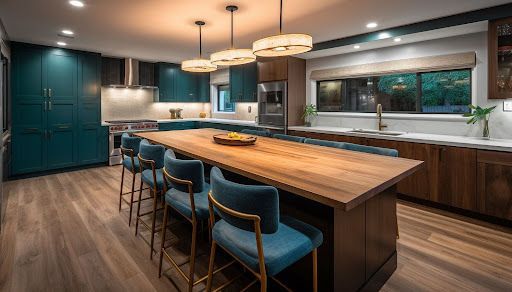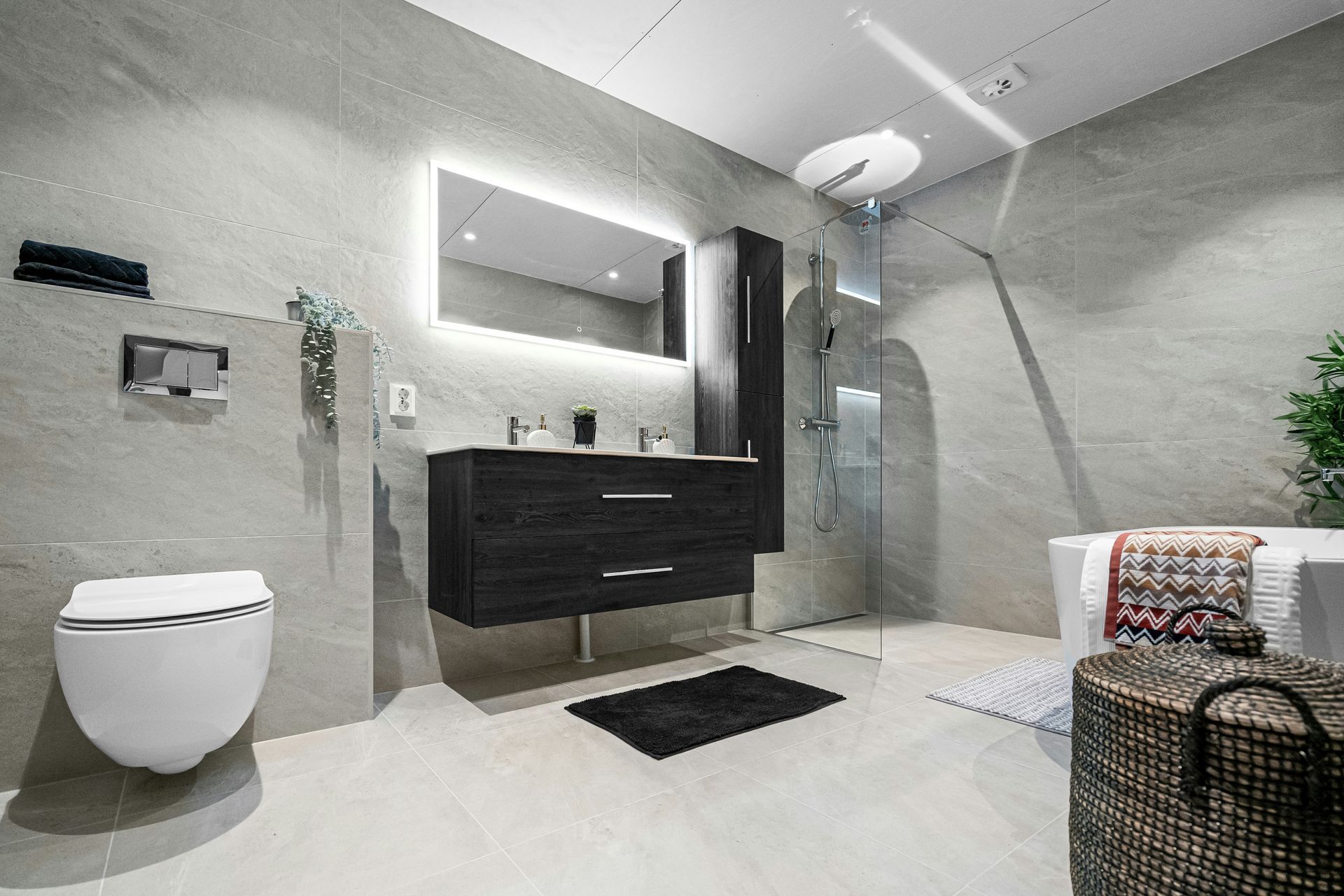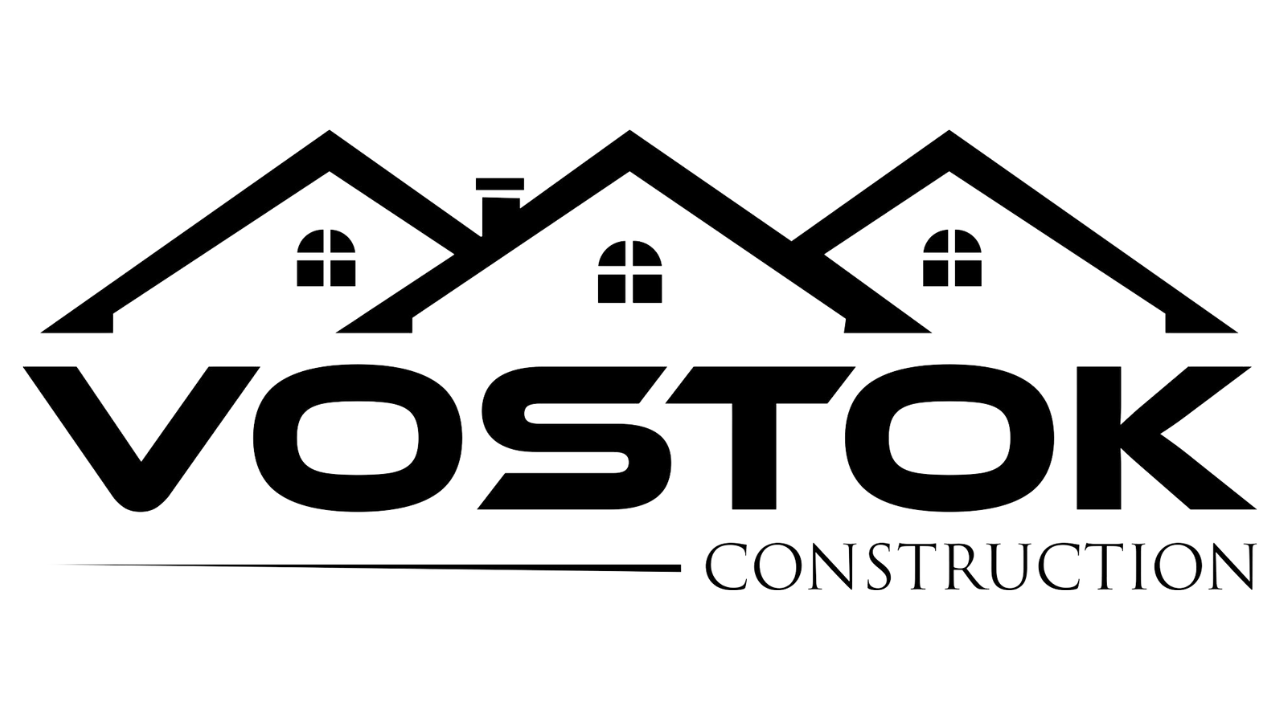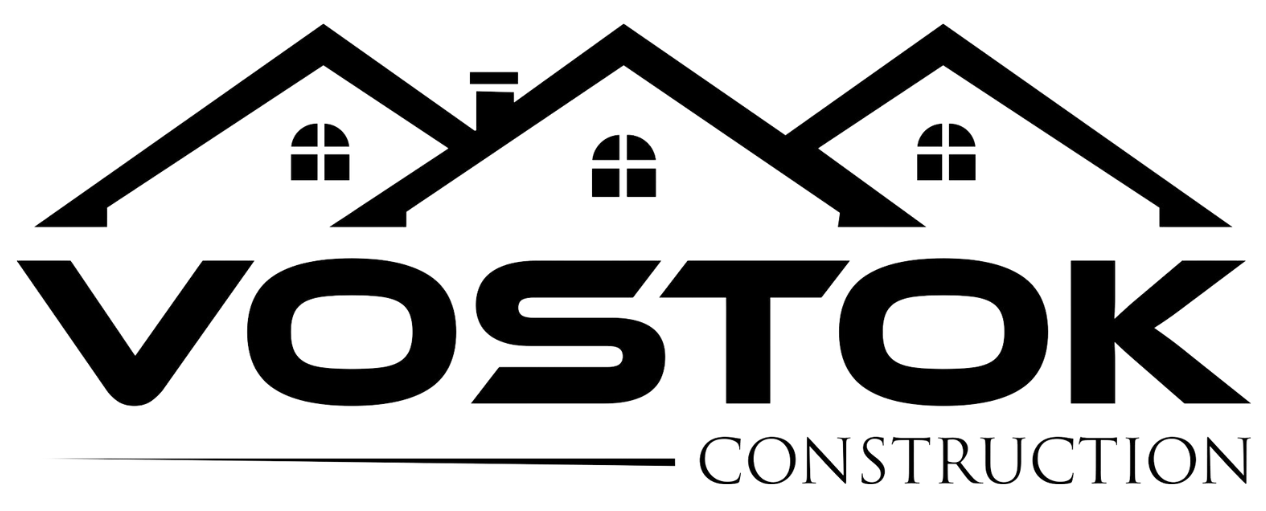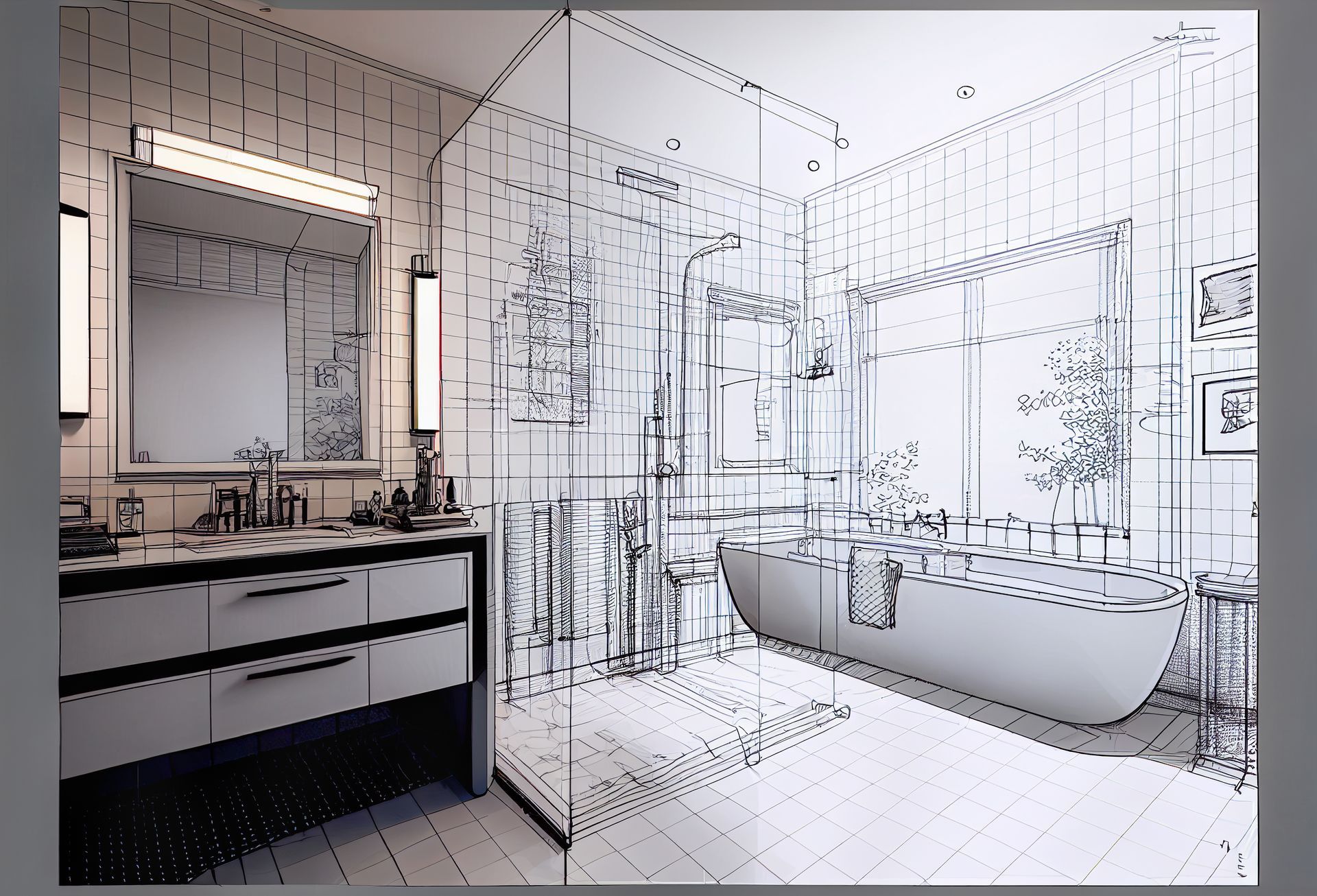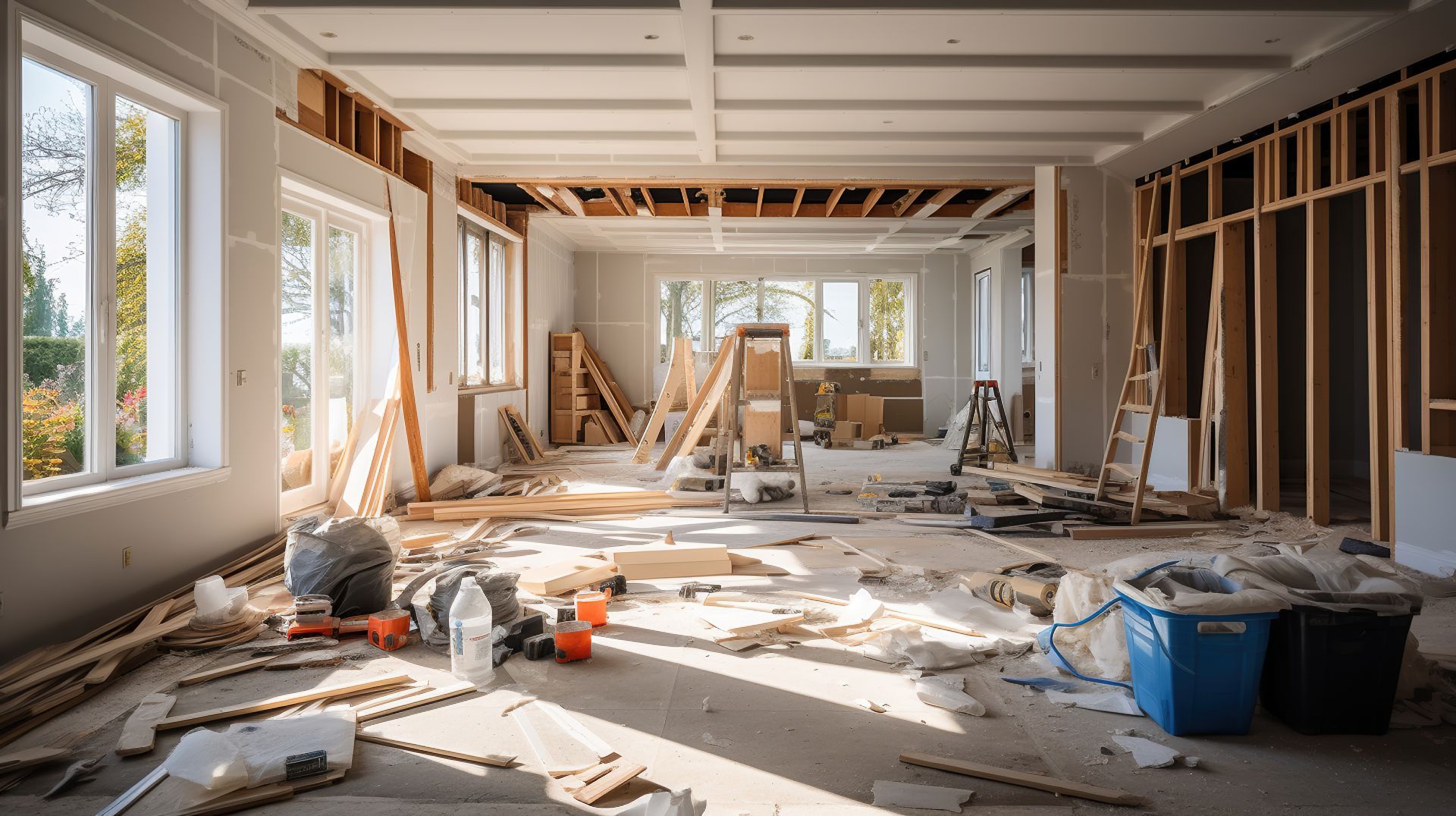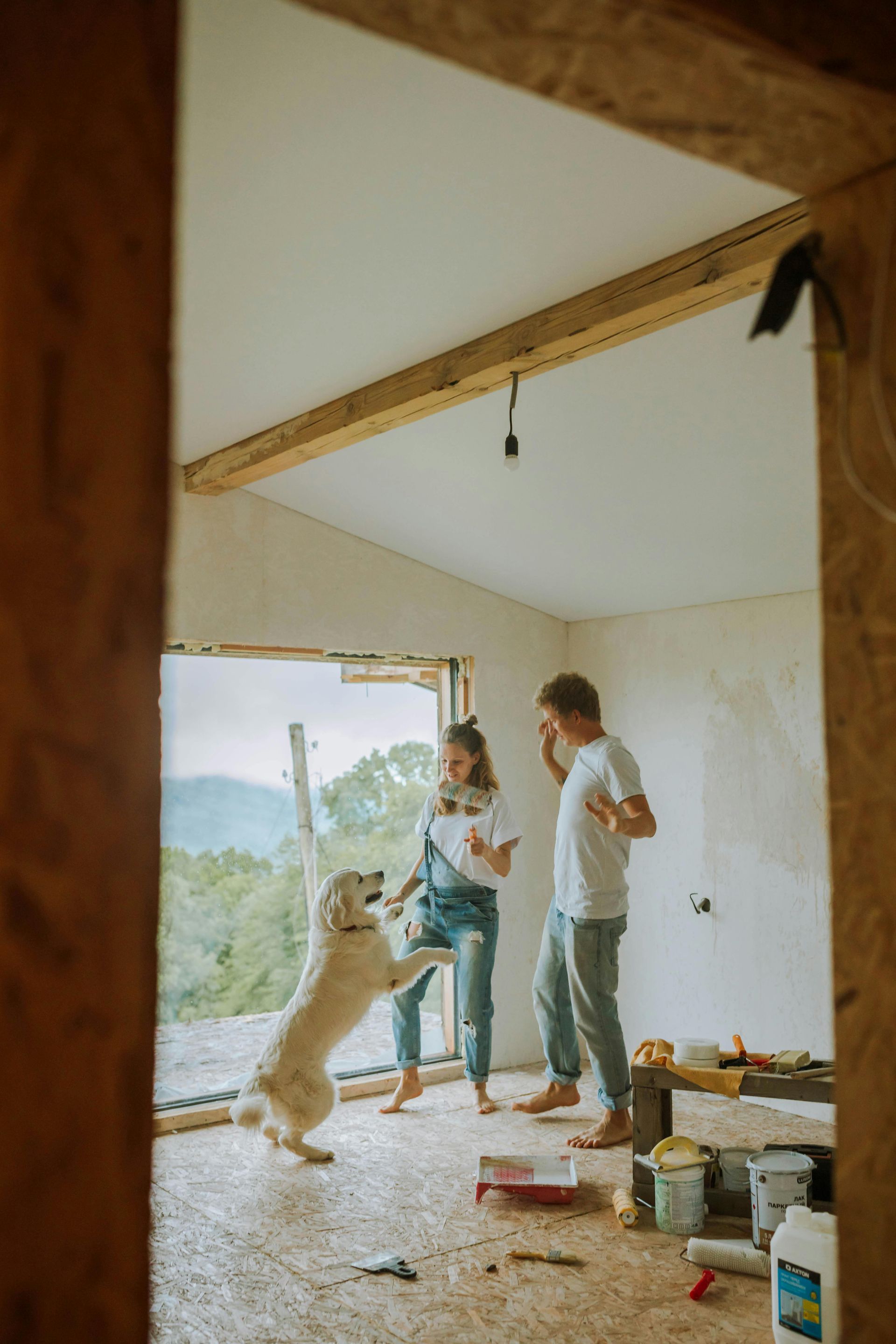April 6, 2025
When planning a home renovation, lighting often emerges as a powerful yet sometimes overlooked design element. It can alter the perception of a room, enhance architectural details, and set distinct moods that make a space feel warm and inviting. Beyond the functional aspect of illumination, lighting holds the remarkable potential to transform modest interiors into visually stunning environments. It’s more than just shining a light on the things you love—properly executed lighting design can significantly augment the overall aesthetic and energy efficiency of your home. The Transformative Impact of Well-Planned Lighting The use of strategic lighting goes hand in hand with thoughtful spatial planning. By directing light to specific surfaces or architectural features, a designer can shape how a room looks and feels. Even minor lighting tweaks have the power to make small rooms feel spacious or bring focus to interesting design elements. According to the U.S. Department of Energy , lighting accounts for up to 15% of a typical household’s electricity usage. Hence, an upgrade in lighting technology, as well as a well-thought-out layout, can contribute to both an enhanced ambiance and more cost-effective energy consumption. An integral factor in achieving aesthetically pleasing lighting is layering. Think of your renovation as a stage production where you use different types of light—ambient, task, and accent—to illuminate and highlight various aspects of a room. By layering in multiple levels of brightness, you create visual interest and help define each functional area. This integrated approach establishes a solid foundation for achieving both practicality and style in your newly renovated space. Ambient, Accent, and Task Lighting While the choices may seem endless, lighting generally falls into three main categories: ambient, accent, and task. Ambient lighting provides overall illumination, ensuring a room is sufficiently lit for routine activities. Accent lighting focuses on specific regions, such as artwork or architectural elements, drawing the eye toward points of interest. Task lighting is more focused, offering direct illumination where you need it most, such as above kitchen countertops or desks. Incorporating these three categories in a balanced manner can create a sense of depth, clarity, and visual intrigue. An open-concept living area might combine recessed lighting for ambient brightness, pendants or track lights for accentuating art pieces or features, and floor lamps for reading or other tasks. By thoughtfully integrating these categories, you shape your living space to serve numerous functions without sacrificing aesthetics. Professional lighting plans not only encompass selecting the right fixtures but also positioning them at strategic heights and angles to maximize their impact. Contemporary Fixtures and the Power of Placement Once you’ve determined how each space in your home will be used, it’s time to evaluate fixture types. Chandeliers, pendants, sconces, and recessed lighting each bring unique flare and function. Pendant lamps are often used over kitchen islands or dining tables for more intimate, focused illumination, while chandeliers can add an air of luxury to an entryway or foyer. Wall sconces can effectively brighten corridors or highlight decorative elements along walls, and recessed lighting is especially useful in modern, minimalist designs because it stays visually unobtrusive while still providing ample brightness. Placement plays a tremendous role. Lighting mounted too high or too low might not yield the desired effect. A skilled design team will evaluate everything from furniture arrangement to the height of the ceiling and direction of natural light before pinpointing the best locations. Even subtle alterations, like centering a fixture over a piece of art or adjusting the angle of a track light, can significantly elevate the vibe of a space. LED Technology and Its Advantages Rapid advancements in lighting technology have led to a surge in energy-efficient options. Light-Emitting Diode (LED) bulbs have gained popularity for their ability to use significantly less energy compared to traditional incandescent bulbs. According to Energy Star , LED products can consume up to 90% less energy than incandescent bulbs and boast a notably longer lifespan. Though initially more expensive up front, LED implementations often pay for themselves through reduced electricity bills and decreased maintenance costs. This is especially relevant in renovations where lighting may be installed in difficult-to-reach places, necessitating bulbs that don’t require frequent replacement. Plus, LEDs offer versatility in color temperature, ranging from warm to cool tones. This flexibility lets you customize lighting to accent a modern, crisp design or a softer, cozier environment, all while keeping utility expenses in check. Designing with Purpose: Accentuating Features and Creating Moods Lighting should complement the architectural narrative of your home, spotlighting focal points, be it a stunning archway or a cozy reading nook. Smaller lights can train a beam on beloved furniture and décor pieces, serving both functional and decorative roles. Dimmer switches provide another level of customization, allowing homeowners to easily adjust brightness to transition from day to evening. The play of light and shadow can amplify or soften textures, shift how colors appear, and draw focus toward or away from different zones. In open-plan living spaces, varying the placement, style, and color temperature of your fixtures can subtly define each area without the need for physical partitions. Consider layering warm overhead lights with cooler, more focused fixtures to clearly distinguish a relaxed seating section from a culinary workspace. This synergy between lighting and interior design refines every room, ensuring it is both attractive and purposeful. Shaping Your Renovation with Expert Assistance Renovating with lighting in mind is a nuanced endeavor that brings practical, aesthetic, and financial rewards. By selecting energy-efficient options like LEDs, layering different lighting types, and mindfully installing fixtures, you’ll establish a dynamic living environment that highlights the best features of your design. Whether you’re exploring subdued sconces for a hallway or statement chandeliers for the dining room, an expert contractor or design professional can guide you toward solutions that meet both immediate needs and long-term goals. At Vostok Construction , our team emphasizes thorough planning and precise execution for every aspect of your renovation. By evaluating lighting requirements early in the design process, we create spaces that blend beauty and practicality. From choosing fixtures that align with your style to optimizing energy efficiency, our goal is to ensure that your home doesn’t just look fantastic—it feels that way too. If you’re considering a home renovation and want to discover how strategic lighting can elevate your space, visit our Contact Page to get in touch. Take the opportunity to learn more about our approach or explore our additional services to see how lighting and innovative design can come together in your home.
